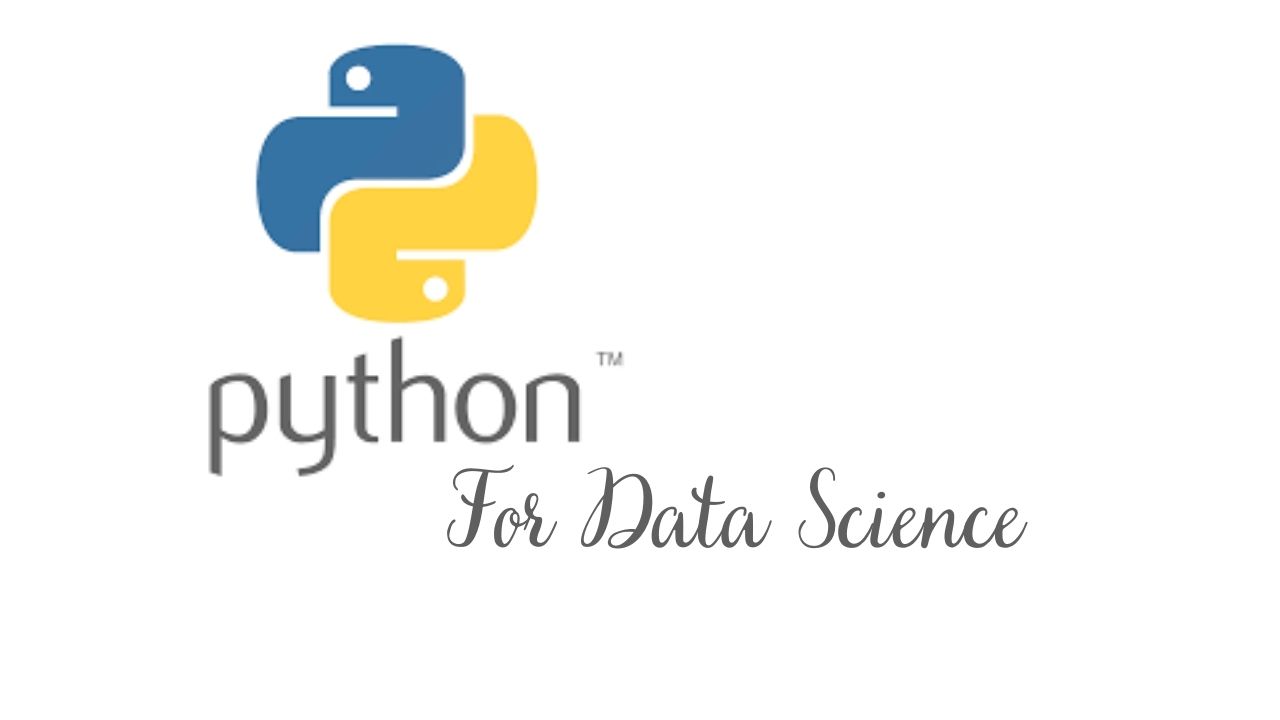
Python for Data Science #
A brief summary of the topics covered in this course is as below. This is 30 hours course, it is suggested to complete this course in 3 weeks. After the completion of this course, you will have a solid foundation in Python programming. Following that, you need to practice it consistently for a minimum of 6 months.
Setup and Introduction #
- Intro to Python
- Setup, Download, Installation Jupyter notebook
- Comments & Markdown in Jupyter
Basics of Python of Programming #
- Variable & Variable Types
- Data Structure (list, dictionary, set, tuple)
- Operators
- Conditions
- Loop
- Break, Continue
- Error Handling
- Debugging
- Functions
Advance Python Programming #
- List Comprehensions
- Parameter Packing
- Package Management
- File Handling
- Working with files
- Reading and writing files
- Buffered read and write
- Other file methods.
- Logging, debugger
- Modules and import statements
- Numpy
- Numpy – ND array object.
- Numpy – data types.
- Numpy – array attributes.
- Numpy – array creation routines.
- Numpy – array from existing.
- Data array from numerical ranges.
- Numpy – indexing & slicing.
- Numpy – advanced indexing.
- Numpy – broadcasting.
- Numpy – iterating over array.
- Numpy – array manipulation.
- Numpy – binary operators.
- Numpy – string functions.
- Numpy – mathematical functions.
- Numpy – arithmetic operations.
- Numpy – statistical functions.
- Sort, search & counting functions.
- Numpy – byte swapping.
- Numpy – copies &views.
- Numpy – matrix library.
- Numpy – linear algebra
- Class
- OOPS Basic concepts.
- Creating classes
- Pillars of oops
- Inheritance
- Polymorphism
- Encapsulation
- Abstraction
- Decorator
- Class methods and static methods
- Special (magic/dunder) methods
- Property decorators – getters, setters, and deletes
- Introduction to Pandas
Project & Resources #
- Resources for practice
- A Final Project in Python


Comments: